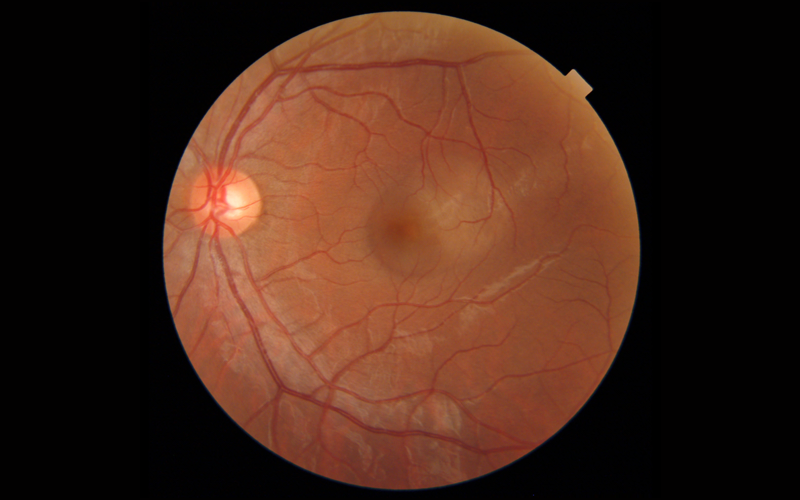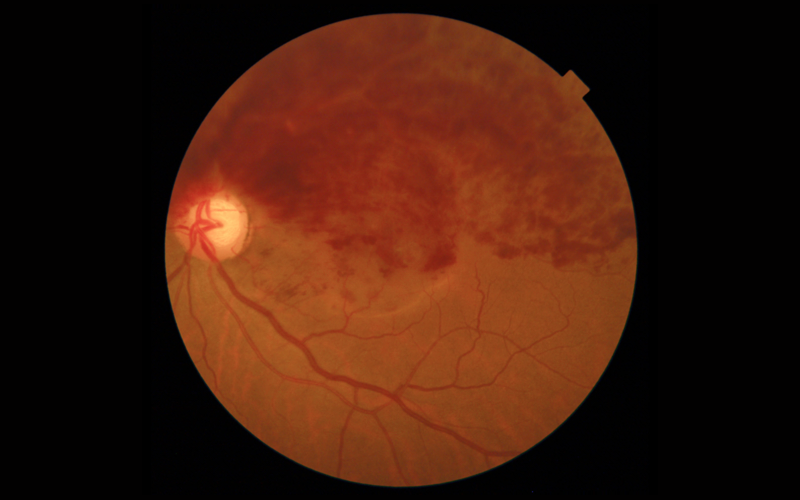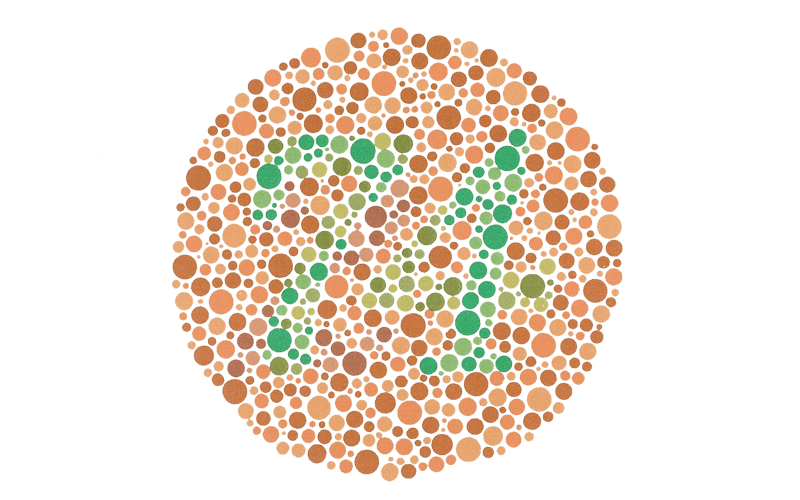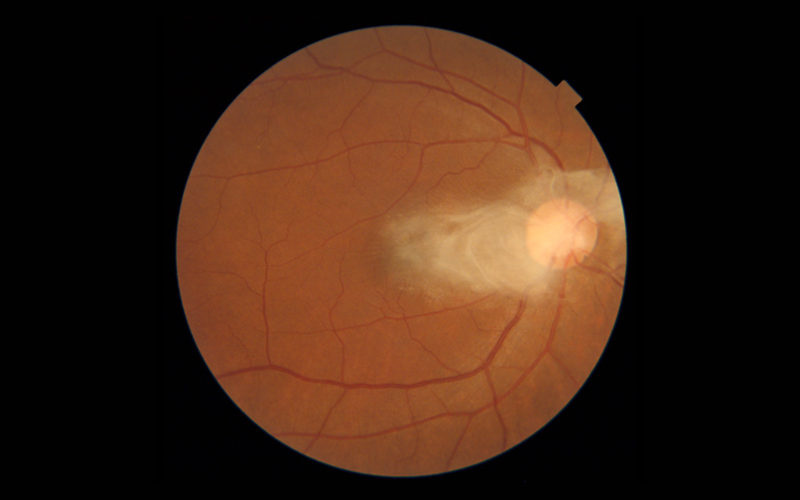18 Sep Micro Incision Vitrectomy Surgery (MIVS)
The surgery done to remove the vitreous gel from the eye is called as Vitrectomy. The vitreous may need to be removed in order to safely access the abnormal retinal tissue or at times the vitreous itself may be abnormal. The technique of vitrectomy has come a...






